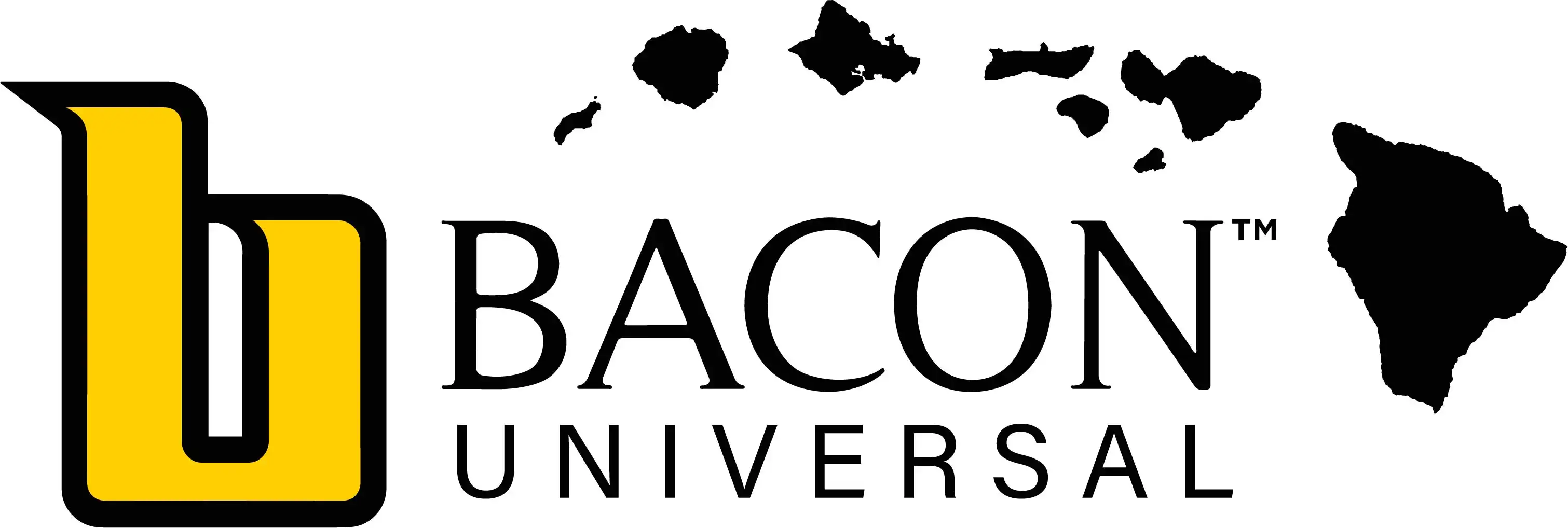Still No COVID-19 Cases in Hawai‘i, Preparations Intensify
Hawaiʻi State Department of Health officials joined Governor David Ige today in providing the latest updates on COVID-19. During a live Facebook feed, officials fielded questions from viewers. Dr. Sarah Park, state’s Epidemiologist, chief, Disease Outbreak Control Division at the Hawaiʻi Department of Health and Danette Tomiyasu, deputy director for the Health Resources Administration at Hawaiʻi Department of Health were on hand to offer official information.
https://www.facebook.com/GovernorDavidIge/videos/2559371764277844
State health officials are urging the public to prepare now for potential risks associated with COVID-19, also known as the Novel Coronavirus.
“While there are no cases of COVID-19 identified in Hawaiʻi at this time, state health officials do expect to eventually identify cases in Hawaiʻi because this is a global health threat to our entire nation,” department officials said in a daily update issued by Hawaiʻi’s Joint Information Center.
At this time, authorities say the imminent threat here in Hawaiʻi is low. “Nevertheless, state and county agencies are intensifying their preparations,” according to the update.
The Department of Health is advising people to take steps now to prepare should the risk of community spread increase.
- Prepare a family plan should there be a COVID-19 outbreak in Hawaiʻi. A family plan worksheet can be downloaded here.
- If you have a large family in one home, consider what measures you can take to prevent the spread of illness. Click here for a comprehensive list of specific measure you can take.
- Prepare a kit similar to those used during hurricane seasons. These should include a 14 day supply of food, water and other necessities.
- Set aside an emergency supply of any needed medication and keep a copy of your prescriptions in case you run out of medication. The DOH recommends a three-month supply.
- Don’t forget supplies for your pets.
-

Background: Transmission electron microscopic image of an isolate from the first U.S. case of COVID-19, formerly known as 2019-nCoV. PC: C.S. Goldsmith and A. Tamin. Provided by: CDC/ C.S. Goldsmith and A. Tamin. Foreground: This illustration, created at the Centers for Disease Control and Prevention (CDC), reveals ultrastructural morphology exhibited by coronaviruses. PC: Alissa Eckert, MS; Dan Higgins, MAM. Content provider: CDC/ Alissa Eckert, MS.
ARTICLE CONTINUES BELOW ADARTICLE CONTINUES BELOW ADUpdated Medical Advisory
DOH is issuing a medical advisory to include updated guidelines in which DOH may consider testing persons on a case-by-case basis who meet the clinical criteria, require admission, and have traveled to an area recognized by CDC as having ongoing community transmission.
Preventing the spread of misinformation and disease
The Department of Health is committed to sharing information as it becomes available. People are urged not to spread misinformation or inaccurate statements that are not confirmed, and keep updated and informed on the situation.
Everyone can help prevent the spread of respiratory illness with these everyday actions.
- Wash your hands often with soap and water for at least 20 seconds.
- Avoid touching your eyes, nose, and mouth with unwashed hands.
- Avoid close contact with people who are sick.
- Stay home when you are sick.
- Cover your cough or sneeze with a tissue, then throw the tissue in the trash.
- Clean and disinfect frequently touched objects and surfaces using a regular household cleaning spray or wipe.
- Sign up for public notifications at health.hawaii.gov/news/covid-19-updates.
COVID-19 Summary of Numbers as of Feb. 26, 2020
| Number of Confirmed Case(s) | 0 |
| Number of Persons Under Investigation (current, testing pending) | 0 |
| Number of Persons Under Investigation (closed, testing negative) | 0 |
| Number of Persons Under Quarantine | 0 |
| Number of Persons Self-Monitoring with DOH supervision | 71 |
Of the 71 individuals who are self-monitoring with public health supervision, 65 are on Oʻahu, 4 are on Hawaiʻi Island, 1 is on Maui, and 1 is on Kauaʻi.
These individuals were identified through screening by federal officials at the Daniel K. Inouye International Airport. These numbers fluctuate often as travelers arrive, depart, or begin and end their self-monitoring with supervision by DOH.
- Confirmed: Meets CDC criteria and positive test result received from a certified laboratory.
- Person Under Investigation (PUI): Meets CDC criteria for investigation and testing pending.
- Quarantine: Individuals are required to remain in a designated location and separated from others. They are actively monitored by Department of Health staff. Quarantine is enforceable by law.
- Monitoring: Individuals voluntarily remain at home and refrain from work, school, gathering places, and public transit. They communicate daily with Department of Health staff.
National Travel Advisories
The US State Department has issued a level 4 travel advisory asking people not to travel to China due to the COVID-19 outbreak. There is limited access to adequate medical care in affected areas. A level 2 travel advisory has been issued for South Korea and Japan and advises people to exercise increased caution especially for older adults and those with medical conditions.
No cases of COVID-19 identified in Hawaiʻi at this time
Currently, there are no cases of COVID-19 identified in Hawaiʻi. DOH is actively preparing for possible cases and working with state, county, and federal partners including the medical community in Hawaiʻi.
Screening of arriving passengers at Daniel K. Inouye International Airport in Honolulu
Foreign nationals who have been in mainland China within the last 14 days are being denied entry into the US. This includes not only people with a China passport, but all foreign nationals per Department of Homeland Security guidance. The exception is US citizens, legal permanent US residents or their immediate family.
Enhanced screening procedures are in place at Daniel K. Inouye International Airport to help keep the public and traveling community safe. An additional feature is the non-contact thermal temperature scanners that are used for incoming passengers from China. Airport passenger screening continues to be conducted by federal authorities from the Centers for Disease Control and Prevention (CDC) and Customs and Border Protection (CBP).









